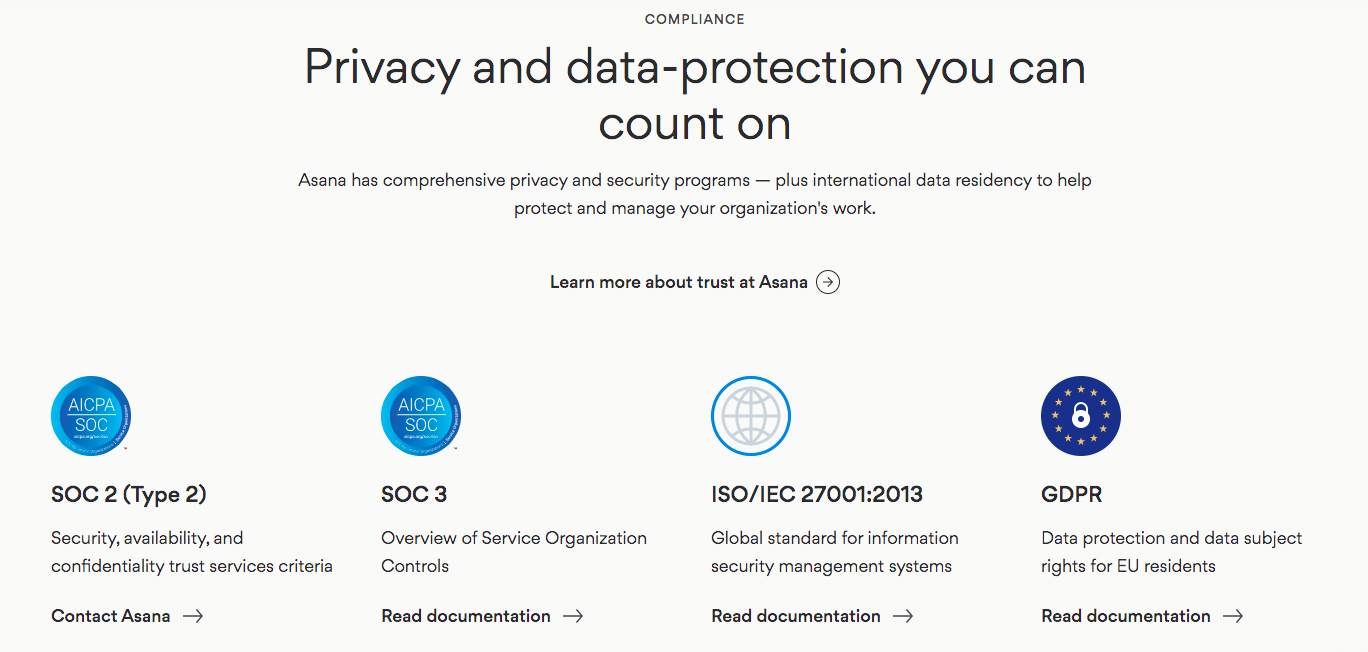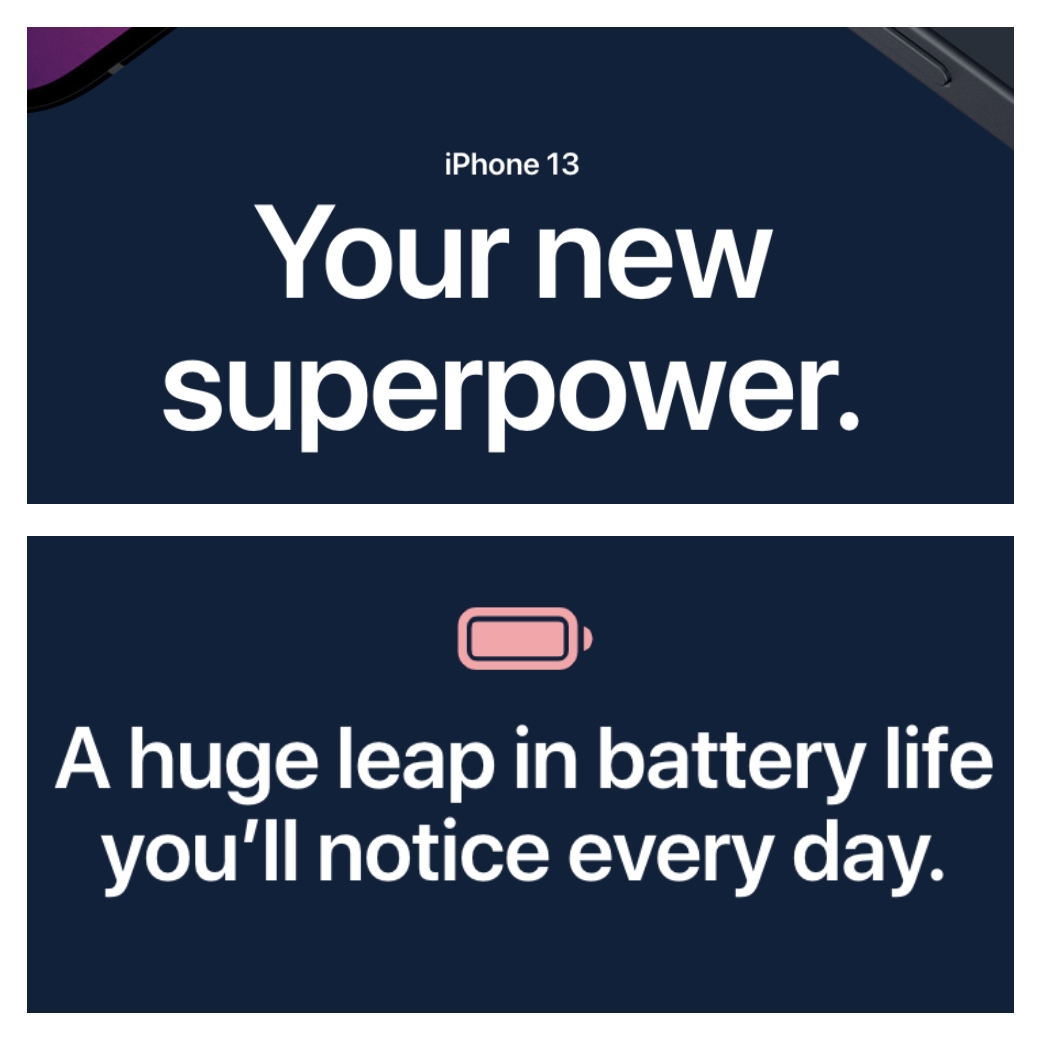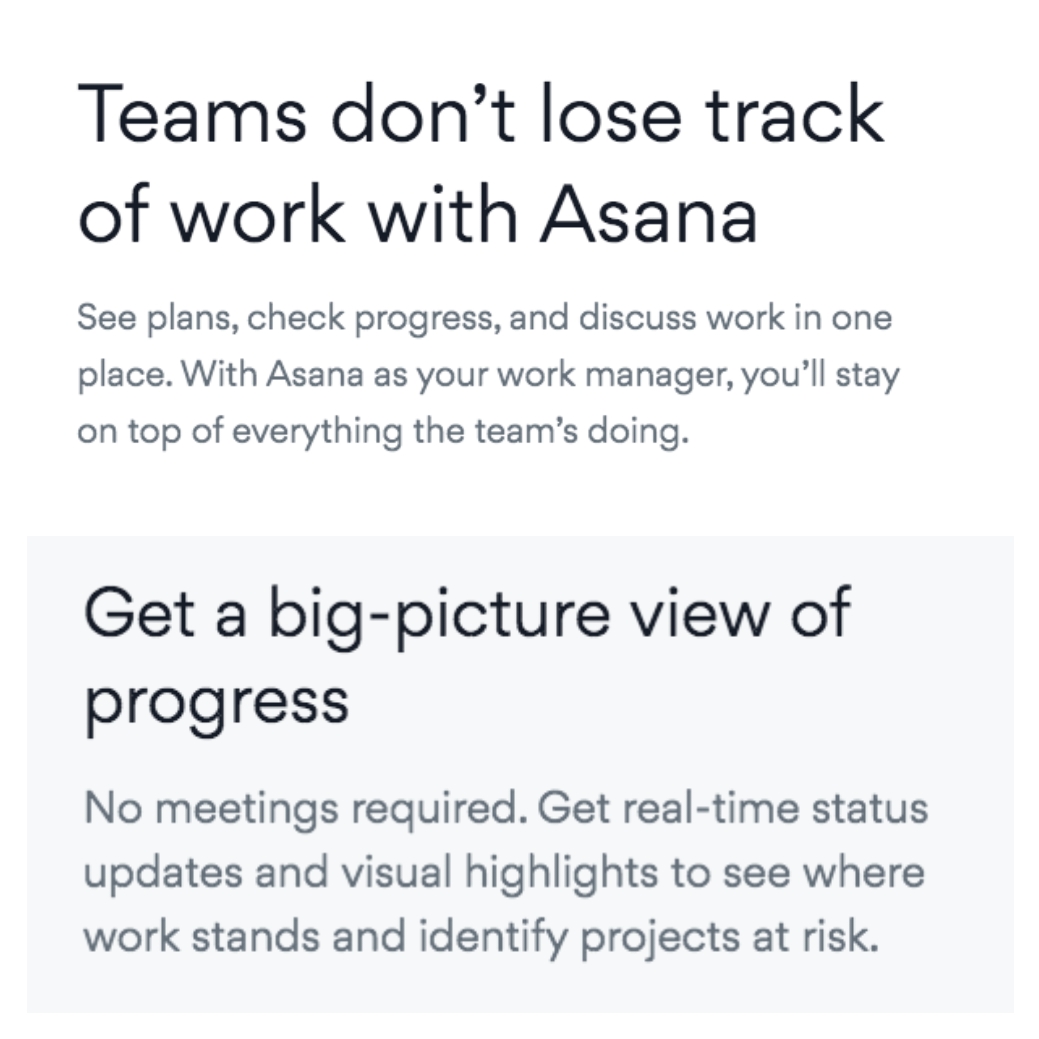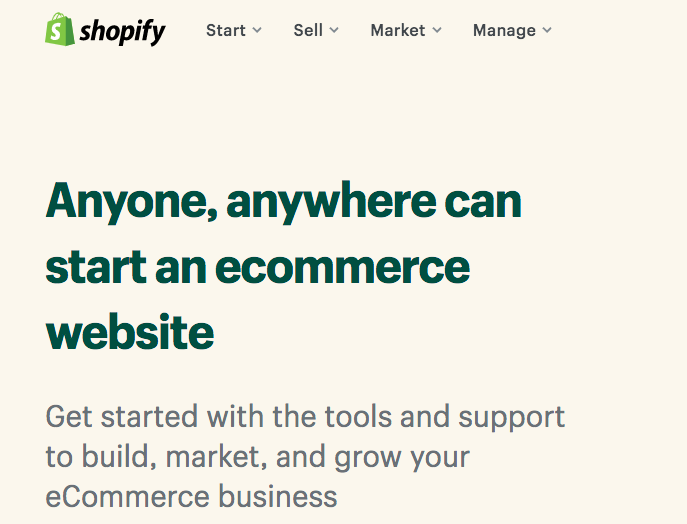Great products fail because companies don’t position products correctly. Products are for people. People are looking for solutions to their daily challenges to make their life easier. So, if your product solves a problem, do you wonder why your demand generation team cannot multiply the pipeline as per the market size? Maybe your product positioning is wrong, or perhaps it’s just outdated. In the competitive product SaaS space, fast customer acquisition is critical for success. The only way to do that is if everyone in your company understands who your product is for, what specific problem you are solving, and why you are solving it better than the rest in the Market. While these questions seem basic, they are critical for the success of a product and the resulting revenue growth. Good product positioning takes your product story to the Market from the customer’s point of view. If done well, it makes your customer think and feel part of the solution to their problem. Suppose a company is missing this critical piece. In that case, it will be difficult for your sales, business development, and demand generation teams to generate interest in your product and build a strong pipeline.
To make your product work for you, top five things a product marketer can do to help generate product growth:
- Talk to your customer, listen to your market.
The most common mistake is to think the product story is the same as the marketing story. Product managers create a technical product story. This narrative speaks about why they have built the product and what problem the product feature solves. It talks about the product team’s motivation to prioritize functionality or feature in their product roadmap. A product marketing story of the same is market-facing. A product marketer needs to validate the product team’s solution and enable it by in-depth market research. Comprehensive market research consists of three market requirements research, competitive research, and ICP research. For a product to be successful, understanding the market needs is essential. Hence, a proactive market research cadence is critical to stay relevant and competitive.
Start inwards. Existing customers are in your alley. Talk to them to understand why they use your product and how it solves their problem. Identify which products make their life easy, which the customer is not actively using, which part of the problem is still not solved by your product, and why. This approach is an excellent positioning exercise and helps give your product manager insights into which critical functionality is missing from the strategic product roadmap. A perfect way to do this is by forming a customer advisory board including a diverse set of strategically essential customers to capture the voice of the customer into the product roadmap to innovate faster and better than the Market.
After the customer, listening to the larger target market helps collect market feedback to validate your product positioning, packaging, and product proposition. The best step is to talk to all market-facing teams in your company. Interview your sales team, GTM leads, pre-sales to understand the problems prospects are talking about in their sales call, the functionalities critical to the mature buyer, and why opportunities are getting lost.
Market-facing teams can also help you identify the buyer’s group of your product. During your buying process, you can identify each person’s role – the buyer, influencer, and champion of the product and their identity and critical characteristics, challenges, behaviors, motivations, etc.
This activity is essential because only if you understand who you are selling to better can you position your product well and craft a powerful message that resonates with your end-user.
- Identifying what makes your product stand out
In a concentrated market, the company needs to know where they fit in. Even before marketing the product, the leadership team and eventually the company should stand on common ground about the product identity – what the product stands for. To find a good product-market fit, it is also imperative to know what factors your target audience considers essential. It helps to ask this question internally to your product team if your platform and its market packaging deliver the market gap and need.
For example, the buyer in the mid-enterprise space may value the smaller economical packaging of the platform. In contrast, an enterprise buyer may look for a full-stack solution that caters to complex use-cases and has a robust infrastructure, performance, data center support, and security capabilities. Similarly, the market need and what the buyer will value in different industries may also differ—this difference of what the customer values will vary in all the major market segments your business uses.
Asana is a project management tool that caters to small, mid-enterprise, and enterprise segments. If you look at its homepage vs. the enterprise page, the latter focuses on what big companies value – compliance, scalability, security.

However, it is crucial to understand that what your customer wants and what your product stands for are dynamic. As a company grows and the product roadmap evolves, the product identity keeps changing. Similarly, what a customer wants also keeps evolving with time due to changing external factors and customers’ process maturity.
This dynamic nature makes research & product positioning a recurring activity rather than a stand-alone, one-time exercise.
At each stage of evolution, by conducting a proper positioning exercise, brands can find and leverage gaps which competition is leaving – where it is in the product, implementation services, packaging, or support and capitalize on it to accelerate their product growth in the market.
3. Creating value focussed messaging.
Brands tend to get technical and complex, especially when narrating a product story as an engineering product-led company. The difference between a good product company and an average product company is that the former adds the consumer’s voice to the product story. It all starts and ends with the customer persona. Good messaging is something that the end-consumer will immediately relate to as if the brand is speaking to him directly about his problems, motivations, and the solution. iPhone is a consumer-facing brand that excels in value focussed messaging. For example, their recent iPhone 13 launch taps well into users’ motivation to invest in high-end phones and their messaging reflects both aspirations and needs.

Another mistake that companies tend to make frequently and without realizing it is their using very sales-oriented, push-based content for their marketing campaigns. Instead of talking about the value or the solution the company brings, they tend to over-focus on features and functionalities in their market-facing content. This approach is fatal and short-term that kills your long-term demand generation volumes. Messaging is about creating a connection with the audience in a space full of noise. It should be straightforward, easy to understand and connect to the problem the customer actively faces. For example, a good product SaaS company that keeps messaging straight-forward and connected to what customer is looking for in a project management solution is Asana. Its messaging reflects what the customer wants to do with a project management solution and how Asana makes it effortless. Another example of plain and simple, customer-centric messaging is done by a software feature management product, Launchdarkly. Its message “Innovate faster, deploy fearlessly and make each release a masterpiece” is exactly what a senior product manager or head of engineering looking for a feature management solution would aim to achieve through such a tool.


Companies should not use the one-fits-all approach but cater marketing content to individual persona types to deliver relevant value-based messaging. For example, while buying an intelligent virtual assistant or a chatbot, a budget holder(usually the head of business) will focus more on the ROI. At the same time, an operations manager will find more value in how the product is solving his daily problems. It’s important to understand that in the B2B market, you are creating messaging for the entire buyer’s group and not for a person. So you should customize the message and story to each persona type. This approach will generate more interest from your target audience than a standard message written for all persona types(CxO, Head of business, and Manager). For example, Zendesk has custom messages for two of its persona – customer service and sales on its website. It’s very clear that Zendesk’s messaging strategy starts with the persona on the top.

4. Testing positioning & messaging continuously
The technology space is very dynamic. As this space keeps changing, the buying group keeps evolving; the external business conditions keep changing. Moreover, in response to that, and depending on the company’s growth trajectory, its strategy also adapts to these elements. The product marketing team works hand-in-hand with the overall company’s strategy. With all the external and internal changes, product marketers regularly evaluate and adopt the positioning and messaging to reflect the updated and current stage of the product.
Websites are central to a product’s positioning and messaging. The website should reflect the most recent product packaging, messaging and have new product updates. The same should consistently show in all product collaterals across to communicate the product value to the customer. Marketers should regularly update all these communication sources. Websites will not continuously update, lose out of demand. Similarly, suppose the website does not show the positioning the sales account owner communicated in his sales call. In that case, it just reflects a terrible customer experience and may decrease the brand’s credibility.
In addition, a product marketer should continually test his messaging on various user groups and evolve it with time. The best way to do this is to create a market feedback loop to understand which messaging is working and which is not. For example, if a product marketer has released a product overview deck to sales, he can listen to sales calls to understand how the prospects receive the messaging in the deck. Conducting regular loss calls with customers is also effective in knowing if the collaterals communicate the positioning and messaging to end-users in the desired way.
5. Finding your niche in the Market
There is always sufficient demand and space for all, no matter the concentration of companies in a specific growing area. The trick is to find your niche. Finding a niche is directly related to the way the company designs and packages the product. If a platform covers an industry-specific use case concentrated around a few specific industries, the industry may be your niche in a space with industry-agnostic players.

For example, snowflake differentiates by providing product depth across a specific set of industries. Its competition Teradata also follows this approach, but their industry depth is different with few overlaps.

Similarly, some players choose to play the volume game in the SMB segment while others acquire complementary partners to form a whole ecosystem to cater to the enterprise space. A perfect example of this strategy is Wix and Shopify. While Wix has created SMB specific templates and relevant tools to penetrate the SMB market, Shopify is growing in the higher segment by creating a whole ecosystem. Shopify helps its users sell, Market, and grow their business with its native functionalities and integration with Facebook and Google.


Another way of looking at this is two companies in a technology space may be solving the same problem. But, one company is solving the customer challenge better due to the depth of functionality for specific use cases or just because the underlying technology is better. The niche a company sticks to ultimately depends on the space. Say, for example, your target group uses a fixed and particular technology stack. Then you may integrate as exclusive partners to the stack and target accounts with that tech stack only.
In a technology space where your company has similar product functionality to your competition, the support framework or implementation process or post-sales services can be used as a differentiator until the company discovers a product-based niche.
Note to Readers:
If you are just starting up in product marketing, you will also find The Complete Guide to Product Marketing – A Deep Dive useful.

